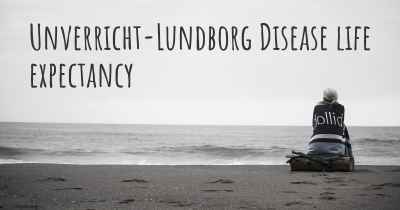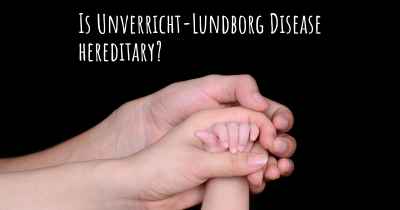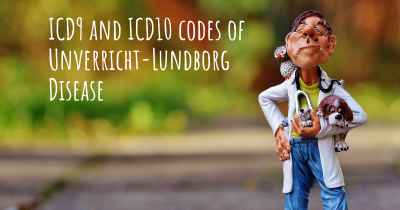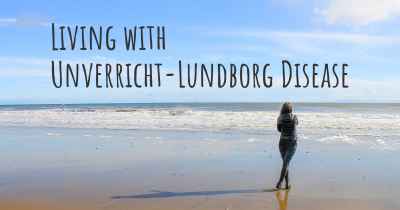What is the history of Unverricht-Lundborg Disease?
When was Unverricht-Lundborg Disease discovered? What is the story of this discovery? Was it coincidence or not?
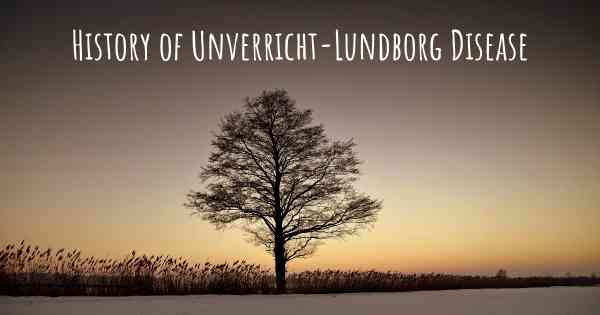
Unverricht-Lundborg Disease: A Historical Overview
Unverricht-Lundborg Disease (ULD), also known as progressive myoclonic epilepsy type 1 (EPM1), is a rare genetic disorder characterized by progressive muscle stiffness and involuntary jerking movements. This debilitating condition was first described in the early 19th century and has since been the subject of extensive research and medical advancements.
Early Observations and Recognition
The earliest documented cases resembling ULD can be traced back to the early 1800s. However, it was not until the late 19th century that the disease began to receive significant attention from the medical community. In 1891, German neurologist Heinrich Unverricht published a detailed account of a family affected by a peculiar form of epilepsy characterized by myoclonic jerks and tonic-clonic seizures. Unverricht's observations laid the foundation for understanding the clinical manifestations of the disease.
Further Investigations and Lundborg's Contribution
Several decades later, in the 1940s, Swedish neurologist Torsten Lundborg made significant contributions to the understanding of ULD. Lundborg conducted extensive research on families affected by the disorder and provided valuable insights into its genetic nature. His work emphasized the hereditary aspect of ULD and highlighted the autosomal recessive inheritance pattern, which means that both parents must carry the mutated gene for their child to be affected.
Genetic Discoveries and the CSTB Gene
In the late 1990s, major breakthroughs occurred in the genetic understanding of ULD. Researchers identified the gene responsible for the disease, known as CSTB (cystatin B). The CSTB gene is located on chromosome 21 and encodes a protein involved in regulating enzymes within cells. Mutations in this gene lead to a deficiency of cystatin B, resulting in the characteristic symptoms of ULD.
Advancements in Diagnosis and Treatment
With the identification of the CSTB gene, diagnostic methods for ULD significantly improved. Genetic testing became available, allowing for accurate and early diagnosis of the disease. This development enabled affected individuals and their families to receive appropriate medical care and support.
While there is currently no cure for ULD, advancements in treatment have improved the quality of life for those affected. Antiepileptic drugs, such as valproate and clonazepam, have shown some effectiveness in managing the myoclonic jerks and seizures associated with ULD. Additionally, supportive therapies, including physical and occupational therapy, can help alleviate symptoms and enhance mobility.
Ongoing Research and Future Prospects
Research into ULD continues to expand our understanding of the disease and explore potential therapeutic avenues. Scientists are investigating the underlying mechanisms of ULD at the cellular and molecular levels, aiming to develop targeted treatments that address the specific genetic abnormalities associated with the disorder.
Furthermore, ongoing studies are focused on improving the management of ULD-related symptoms and enhancing the overall quality of life for affected individuals. Collaborative efforts between researchers, clinicians, and patient advocacy groups are crucial in advancing knowledge and providing support for those living with ULD.
In Conclusion
Unverricht-Lundborg Disease, first described by Heinrich Unverricht and further elucidated by Torsten Lundborg, has a rich history of scientific exploration and medical advancements. From early observations to genetic discoveries, the understanding of ULD has evolved significantly over the years. While there is still much to learn, ongoing research offers hope for improved diagnosis, treatment, and support for individuals and families affected by this rare genetic disorder.
